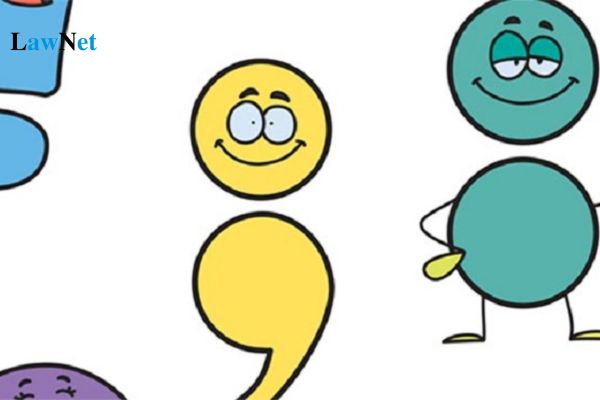What is the function of the colon? What knowledge does the 3rd-grade Vietnamese language curriculum cover?
What is the function of the colon?
The colon is a very important punctuation mark in Vietnamese, helping to make sentences clearer, more coherent, and easier to understand. The colon has various functions depending on the context in which it is used.
A period placed at the end of a sentence indicates that the sentence has concluded. At the end of every sentence, a period must be used. When reading, encountering a period requires lowering the voice and pausing (pause for a duration approximately equal to reading one word). The first letter of a sentence must be capitalized after a period. The period is usually placed at the end of a declarative sentence and also has the ability to mark the end of a paragraph.
The colon will be taught in the 3rd-grade Vietnamese Language curriculum.
|
Functions of the Colon The colon (:) is a crucial punctuation mark in Vietnamese with various functions depending on the context. Listed below are some primary functions of the colon: |
*Note: The information is for reference only./.

What is the function of the colon? What knowledge does the 3rd-grade Vietnamese language curriculum cover? (Image from the Internet)
What knowledge does the 3rd-grade Vietnamese language curriculum cover?
Under the General Education Program for Literature issued in conjunction with Circular 32/2018/TT-BGDDT, the 3rd-grade Vietnamese language curriculum covers the following Vietnamese knowledge:
- How to write text titles
- Vocabulary based on themes
- Synonyms and antonyms
- Words indicating objects, actions, properties
- Introduction to declarative, interrogative, imperative, and exclamatory sentences: characteristics expressed through punctuation, sentence marking words, and the function of each sentence type
- Functions of the dash (placed at the beginning of the line to indicate direct speech of a character); quotation marks (to indicate direct quotations or dialogue); colon (indicating explanatory or enumerative parts)
- Simile rhetoric: characteristics and effects
- Introduction to paragraphs and multi-paragraph texts: identifying signs
- Simplified dialogue turns in group exchanges
- Types and genres of texts
+ Paragraphs retelling a read story or an event
+ Paragraphs describing an object
+ Paragraphs sharing emotions, feelings
+ Paragraphs explaining why one likes a character in the story
+ Paragraphs introducing objects, narratives of an event consisting of 2 - 3 happenings, short announcements or news reports, pre-printed forms
- Information through images, data (non-verbal communication means)
What are the required literary competencies for 3rd-grade students after completing the Vietnamese Language curriculum?
According to the General Education Program for Literature issued in conjunction with Circular 32/2018/TT-BGDDT, the required literary competencies for 3rd-grade students after completing the Vietnamese Language curriculum include:
Differentiating prose and poetry texts (paragraphs, prose essays, and metrical verses); identifying the content of the text and the writer's attitude and feelings; initially understanding the effects of some formal elements of literary texts (language, characters, plot, rhyme, comparison, personification). Knowing how to creatively associate, imagine, and express oneself in writing and speaking.
- For students in grades 1 and 2: recognizing what the text is about and who it talks about; identifying characters in stories, and rhymes in poems; distinguishing between stories and poetry.
- For students in grades 3, 4, and 5: knowing how to expressively read literary texts; retelling, and summarizing the main content of the story, and poem; commenting on characters, events, and the writer's attitude and feelings in texts; identifying time and place, poetic meter, rhythm, beautiful and unique words, images, and the effects of personification and comparison rhetorical devices.
Understanding the meaning or lesson drawn from the text. Writing paragraphs, and essays that narrate, describe emotions, and demonstrate creative associations and imagination.

